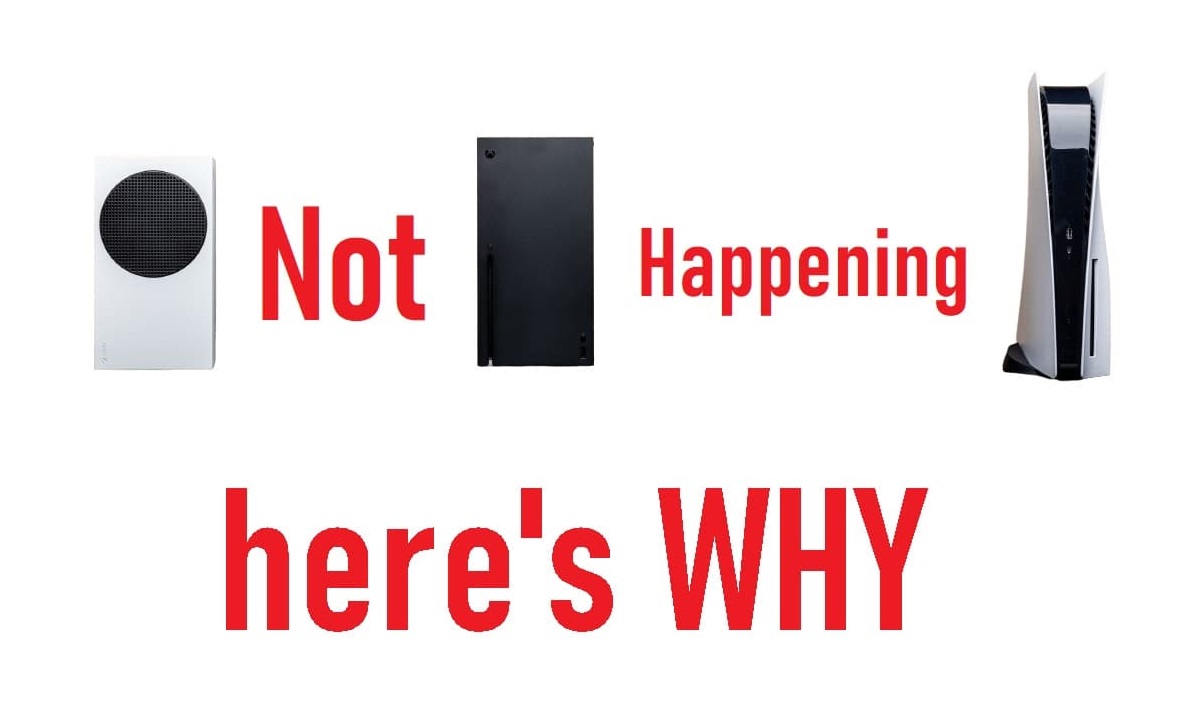Hello there! It’s not uncommon to find oneself in the dark about the intricate world of ray tracing and path tracing, especially when these terms get thrown around in discussions about gaming and graphics. You’re not alone in your confusion, and we’re here to shed some light on the difference between these two rendering techniques.
Ray Tracing vs. Path Tracing
At its core, ray tracing involves shooting a virtual “ray” into the scene from the viewer’s perspective and determining what it hits. It’s a technique used to simulate the behavior of light in a 3D environment. Once a ray intersects with an object, you can calculate various properties like color, shading, and reflections.
Path tracing, on the other hand, takes ray tracing to the next level. Instead of merely determining if a ray hits an object, path tracing iteratively follows rays as they bounce around the scene, gathering more information at each bounce. It’s like sending out a ray to a surface and then asking, “Okay, what else can you tell me about the lighting here?” And then doing it again, and again, and again.
The Iterative Nature of Path Tracing
This iterative aspect is where the real magic of path tracing happens. Each bounce of the ray gathers additional data about how light interacts with surfaces and materials. By doing this multiple times for each pixel in an image, you can achieve a highly detailed and accurate representation of the scene’s lighting.
So, why does path tracing sometimes look less accurate or worse, as you’ve observed? Well, it’s primarily because path tracing is computationally expensive. It demands a lot of computational power and time to converge to a visually pleasing image. In real-time applications like gaming, you can’t afford to spend too much time on a single frame. This is where the perception of path tracing being “less accurate” can come into play. When comparing the speed of rendering in real-time gaming with path tracing to other techniques, path tracing can appear slower, making the image seem less complete if it’s not given enough time to converge.
Real-Time vs. Offline Rendering
To clarify, real-time ray tracing (as used in modern games) isn’t pure path tracing. It’s a hybrid approach that incorporates some aspects of both techniques to strike a balance between visual quality and performance. When you see real-time reflections, shadows, and lighting in games, it’s a result of this hybrid approach. It aims to provide a convincing level of realism without causing a massive performance hit.
In contrast, offline rendering, as used in movie production or high-quality CGI, often leans heavily into path tracing. With ample time and computational resources, path tracing can produce stunningly realistic images and animations. It’s this level of detail and accuracy that makes it desirable in such contexts.
Why We Present Path Tracing as Desirable
You might wonder why outlets like Digital Foundry often present path tracing as the more desired option. The reason lies in the pursuit of visual fidelity. Path tracing, due to its thorough iterative nature, has the potential to produce incredibly lifelike and accurate visuals. It’s about pushing the boundaries of what’s visually possible in gaming and graphics.
When we discuss path tracing in a positive light, it’s often in the context of how it can elevate the realism and immersion in games. The goal isn’t to say that path tracing should replace all other rendering techniques but to celebrate the potential it holds for the future of gaming and graphics.
The Challenges of Real-Time Path Tracing
However, it’s essential to acknowledge the challenges of real-time path tracing. As mentioned earlier, it’s computationally demanding and time-consuming. Achieving real-time path tracing with acceptable performance requires not only powerful hardware but also clever optimization techniques like denoising.
Moreover, real-time path tracing can still encounter issues like noise in the rendered image, which can make it appear less stable or “worse” than traditional techniques. But developers are continually working on improving these aspects, and as hardware advances, real-time path tracing will become more accessible and practical.
Conclusion: A Glimpse into the Future
In essence, the difference between ray tracing and path tracing lies in their level of detail and complexity. Ray tracing provides a foundation for simulating light in a scene, while path tracing takes it further by iteratively refining that simulation, yielding a more accurate representation.
When path tracing is presented as desirable, it’s not about dismissing other rendering techniques but recognizing the potential for pushing the boundaries of visual realism. It’s about celebrating the ongoing advancements in technology and the exciting possibilities they offer for the future of gaming and graphics.
So, fear not if you found these concepts confusing at first. The world of graphics and rendering is complex, but it’s also incredibly fascinating. As technology continues to evolve, we can look forward to even more stunning and immersive visual experiences in the world of gaming and beyond. Keep those questions coming, and keep exploring the ever-expanding realm of digital graphics!










